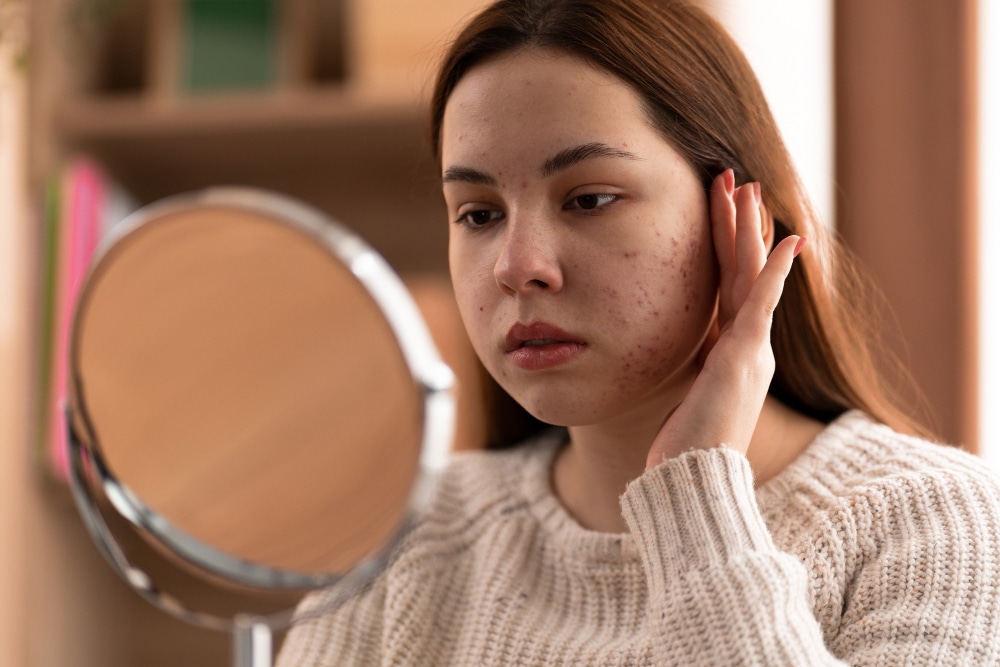
Patients suffering from acne scars often seek effective solutions, particularly when scars are prominent on the face. Although acne scar treatment is primarily cosmetic, improving the appearance of these scars can significantly enhance a patient’s psychological well-being and self-image. These scars typically result from nodular and cystic acne, where abnormal healing processes triggered by enzymatic and inflammatory mediators lead to localized breakdowns of subcutaneous fat and collagen.
Addressing acne scars poses challenges for aesthetic practitioners due to the varied response of scars to treatments. Tailoring treatments to each individual’s specific needs is crucial. Several modalities are available for acne scar treatment, including chemical peels, radiofrequency and laser therapies, dermabrasion, needling, and soft tissue fillers. Among these, soft tissue fillers will be discussed in detail in this article.
Soft tissue fillers work by lifting the area beneath individual scars through tissue augmentation. It’s important to note that not all scars are suitable for treatment with injectable fillers. Acne scars generally fall into three types: atrophic scars, keloidal scars, and hypertrophic scars. Injectable fillers are effective only for atrophic scars, characterized by pits or indentations. Atrophic scars further categorized into types such as ice pick, boxcar, and rolling scars, with soft tissue fillers proving most effective for treating rolling scars.
Hyaluronic acid dermal fillers are favored for tissue augmentation due to their durability and low risk of hypersensitivity reactions. Restylane, a widely used dermal filler brand, has established a strong reputation for safety and efficacy in acne scar treatment. Restylane Refyne (formerly Emervel Classic) is particularly effective for filling individual scars, while Restylane Silk’s fine particles are ideal for treating larger scarred areas.
When administering Restylane for acne scars, practitioners should adopt a meticulous approach to the treatment area, as localized swelling may obscure scar visibility during the procedure. Proper product placement is essential to avoid complications such as lumps, nodules, or visible filler.
Following Restylane treatment, patients may experience swelling, bruising, bleeding, and tenderness at the injection site. These side effects can be managed through post-treatment measures, including abstaining from alcohol for 24 hours post-injection and limiting sun exposure for a week. Gentle massaging of the treated area can help minimize the risk of developing lumps or nodules.
Restylane offers a safe and effective treatment option for reducing atrophic acne scarring. With its immediate and noticeable results, this treatment can significantly improve the psychological well-being of patients affected by acne scars.
Join our newsletter to receive latest news and offers

Medicle MD Ltd
Reg. Number: 14317237
Address: 27 Old Gloucester Street,
WC1N 3AX London,
United Kingdom
Our website is intended solely for people who use medical devices, such as dermal fillers, as professionals. It may contain product advertisements targeted only at such people. To enter Nu Derma Supply, please confirm that you are such a person (e.g. a medical professional, cosmetologist, service technician, etc.).